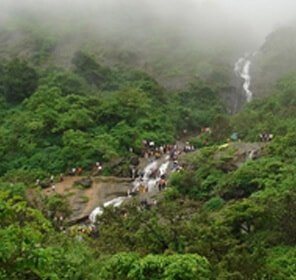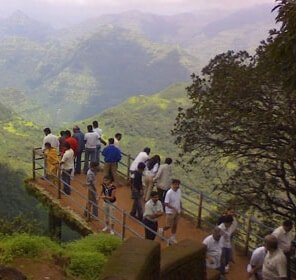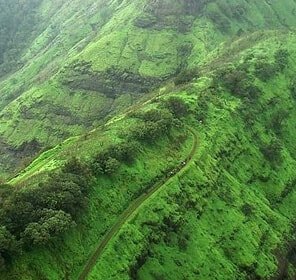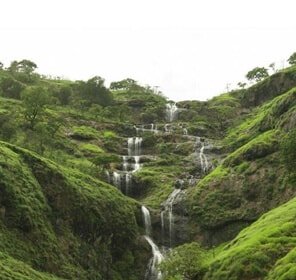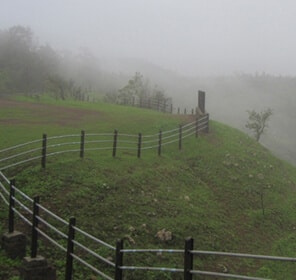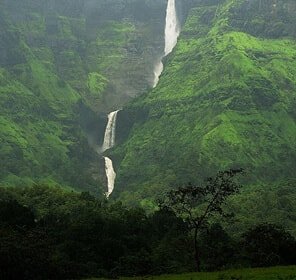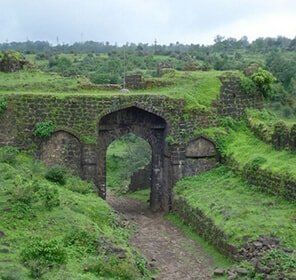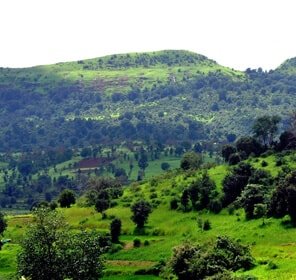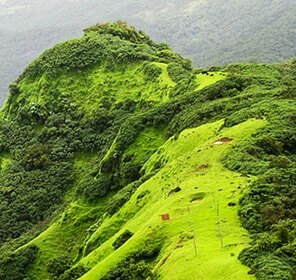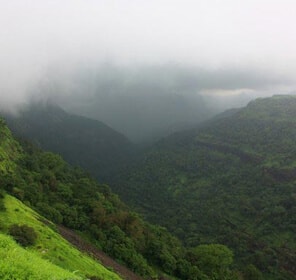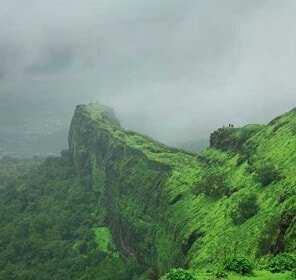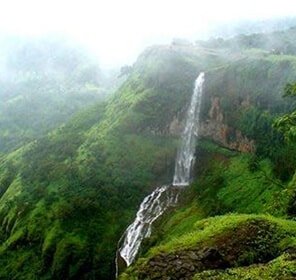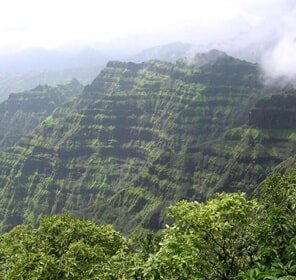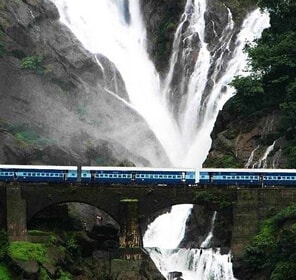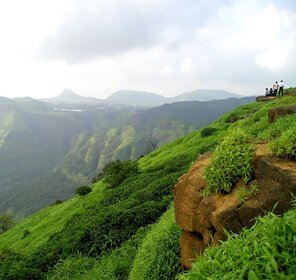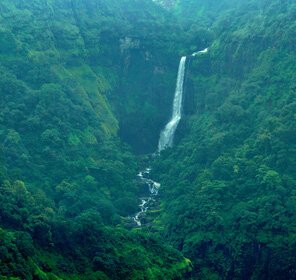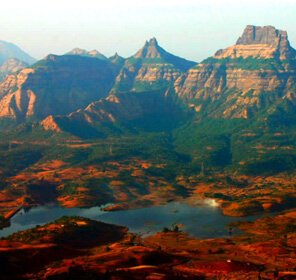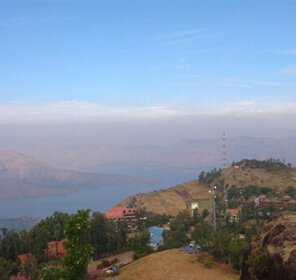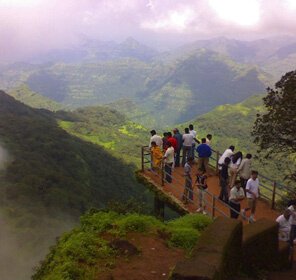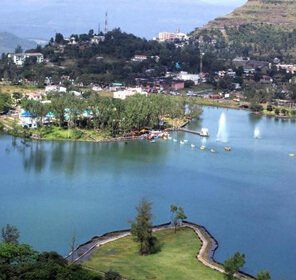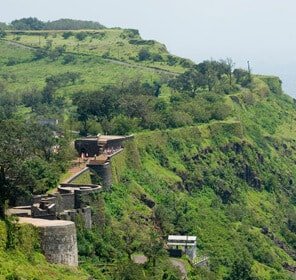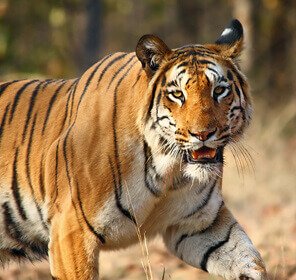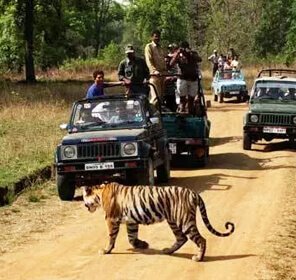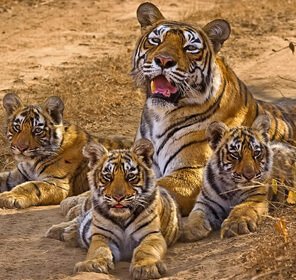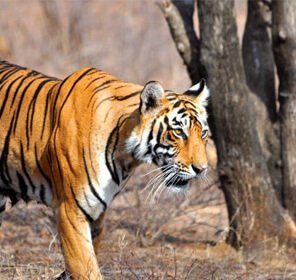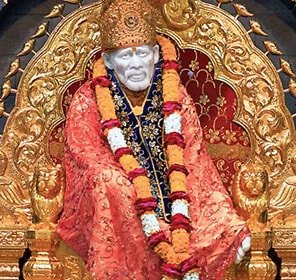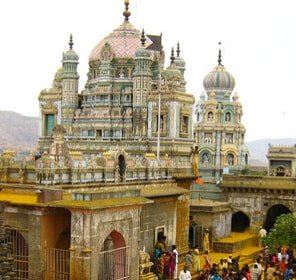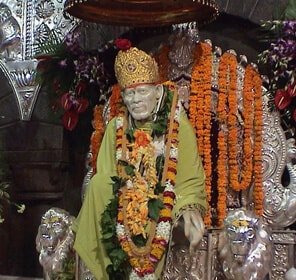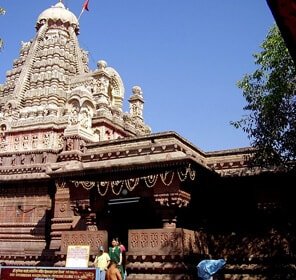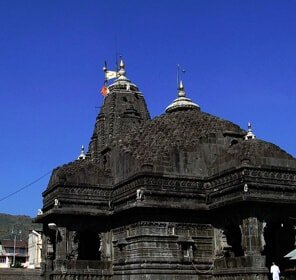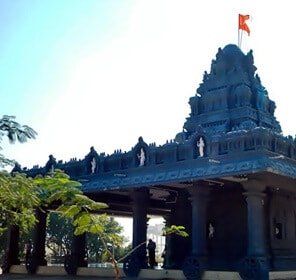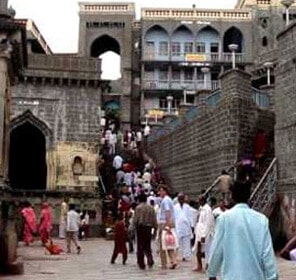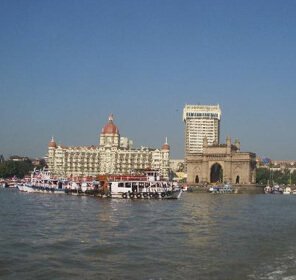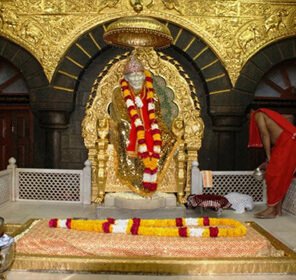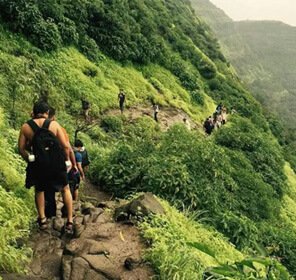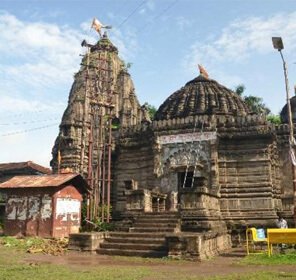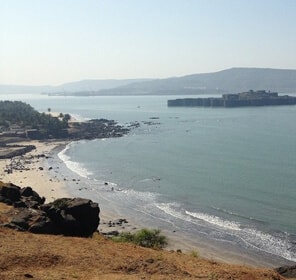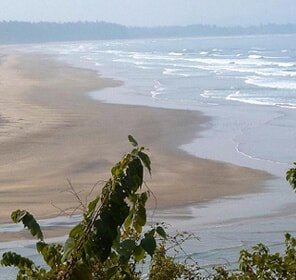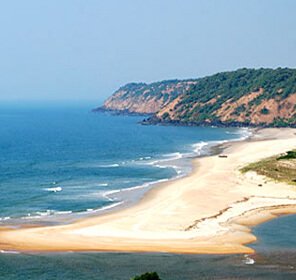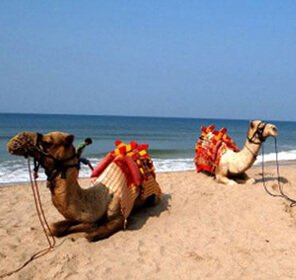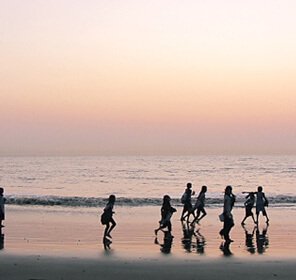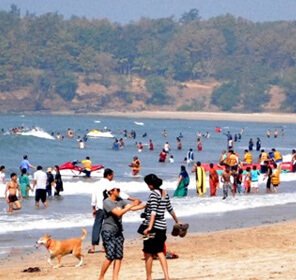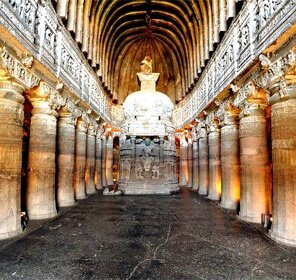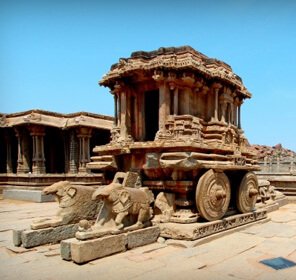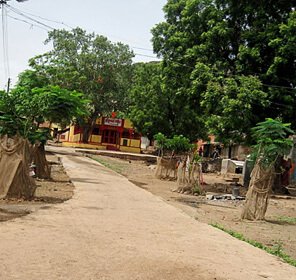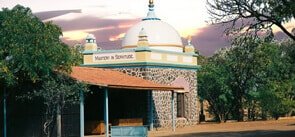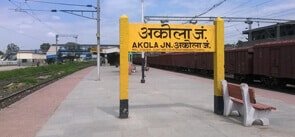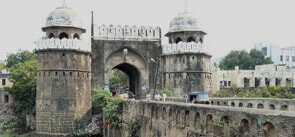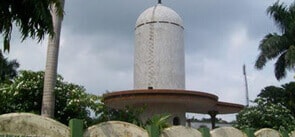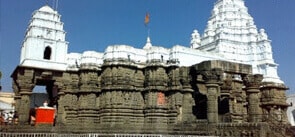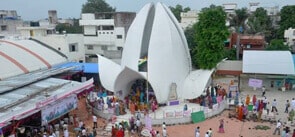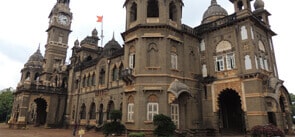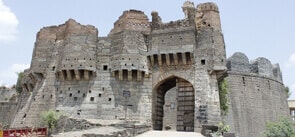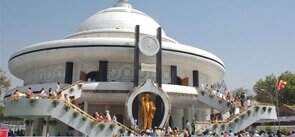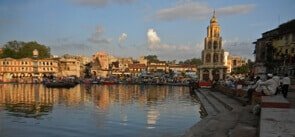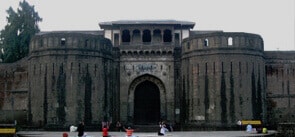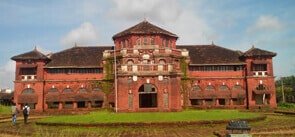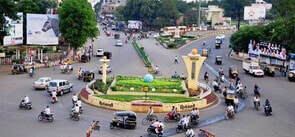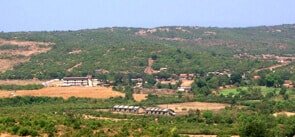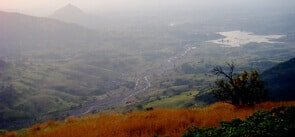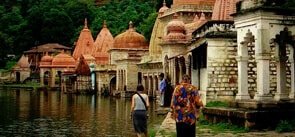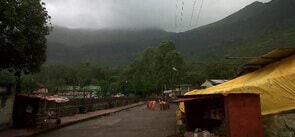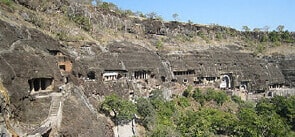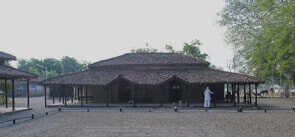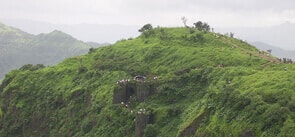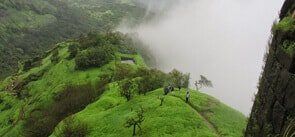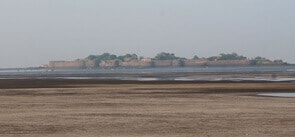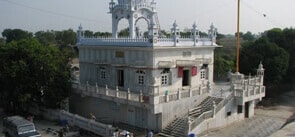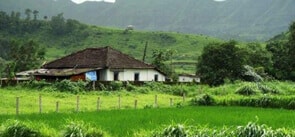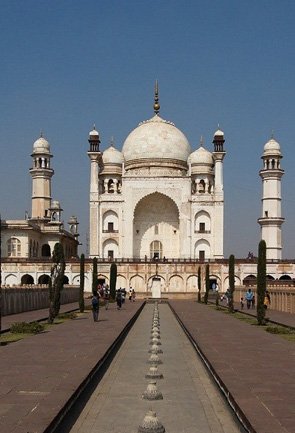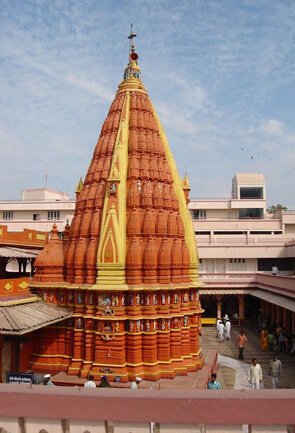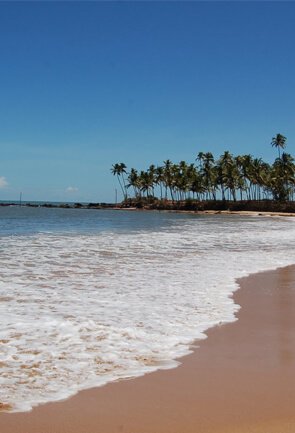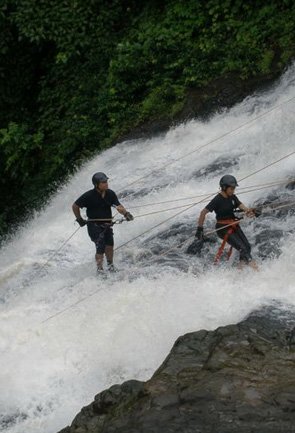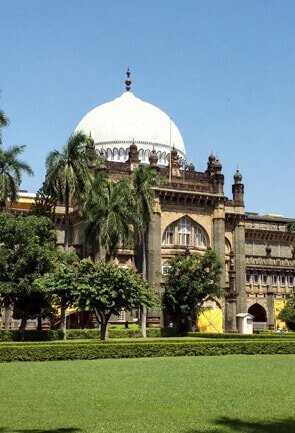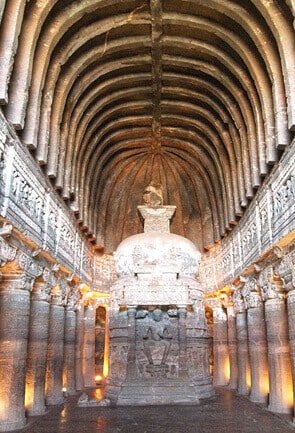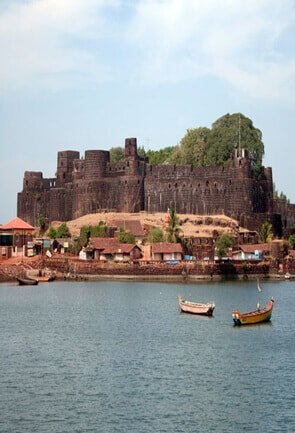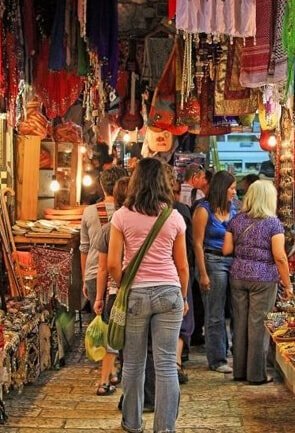The joy that a festival celebration brings is unparallel among the people of every religion. The auspicious Maharashtrian occasions of Makar Sankranti and Ratha Saptami coincide and bring forth a new level of happiness. While Ratha Saptami is celebrated only in Maharashtra, Makar sankrati is celebrated in Nepal, Bangladesh and a few other South Asian countries as well. The festivals mark great significance for the families that rely on agriculture and celebrate the agricultural festivities. The occasion marks the beginning of spring to indicate the farmers to harvest. They are collectively known as the harvest festivals which carry on with the blessings from the Sun Gods to keep their income and family life safe and prosperous.
Ratha Saptami marks the seventh day from the Sun God’s northern movement called Uttarayana. The Sun God turning a chariot pulled by seven horses and 12 wheels symbolises the seven days and 12 signs. The festival also signifies a particular increase in temperature.
Makar sankrati refers to the God’s chariot taking place in the 12th sign; which is the Makar or the Capricon. It signifies the arrival of the summer season. It signifies a period of enlightenments and peace which is another reason why people also tend to pray to goddess Saraswati who is the goddess of knowledge.
History of the Attraction
The festival Makar Sankranti is said to occur on the day that the goddess Sankrati came down to earth and killed the demon Sankarasur to free to innocent people from all the sufferings and mass killings. The Ratha Saptami refers to the chariot of the Sun God being pulled in the way of the Capricorn sign and bringing heat and warmth. It also marks the birth of Surya to Kashyapa, a sage, and Aditi, his wife.
Highlights/ Important Rituals of the Festival
On the day of Ratha Saptami:
- Prayer to the Sun God takes place starting with the purification bath which is done in rivers or home while holding Ekka leaves and chanting prayers which invoke the blessings of God for the rest of the year.
- After this, the water from the palm and food is offered to the God after the completion of puja. Flowers and fruits are also offered.
- The puja is done within one hour after sunrise.

On the day of Makar Sankranti
- Day 1 is called as Bhogi, Day 2 is the Sankrant and Day 3 is the Kinkrant/Kinkranti.
- On this day, the families of Maharashtra exchange sweets like halwa and other types of seeds that are considered religious.
- It is also a special day for women as the married ones in the society gather together wearing black colour clothes and exchange utensils, clothes and other gifts. This is called the Haldi Kunku.
Duration of the Festival
The festival of Ratha Saptami is a one day festival, whereas the Makar Sankranti in Maharashtra is a three-day festival.


























